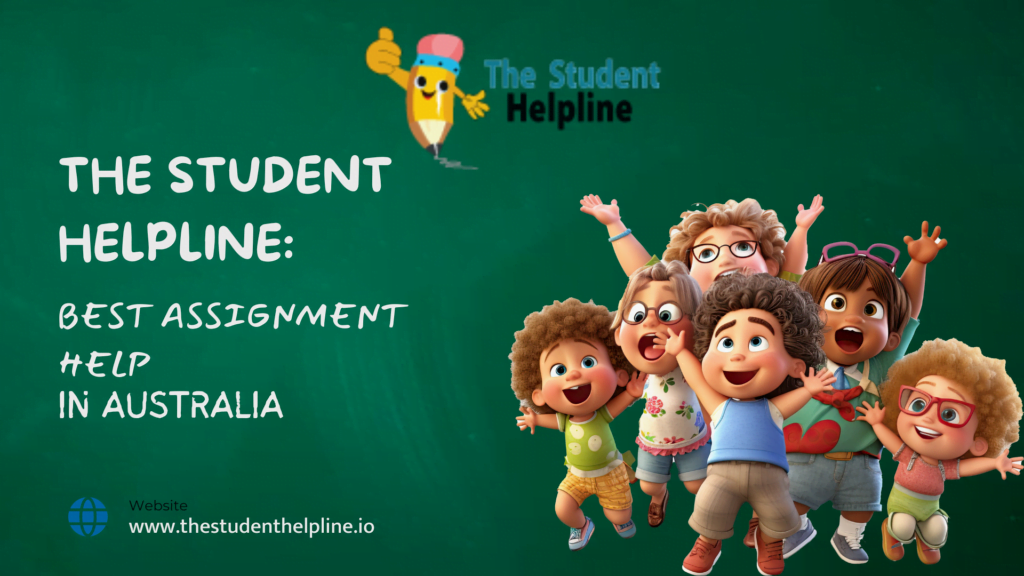Language features in literature are metaphors, smiles, symbolism and more. How do they transform simple narratives into rich, engaging experiences? What deeper meanings, emotions and vivid imagery do they evoke? This article delves into the significance of language features, exploring their role in enhancing storytelling and many other things. This journey will uncover the intricate ways in which you can use language features to captivate readers.
This article will take you through literary landscapes, where every word choice and technique carries weight, enriching the reader’s experience and leaving a lasting expression. So, below are mentioned some major purposes of language features.
Enhancing narrative
The language feature’s major purpose is to enhance narrative by using imagery, metaphor, smiles, and personification to enrich storytelling by evoking deeper meanings. The imagery and descriptive language are used to create a sensory experience. It allows readers to visualize events more vividly. For example in JK Rowling’s Harry Potter series, Hogwarts castle is described with imagery, that brings its magical qualities to life, such as “towers, turrets and flags” fluttering in the wind.
Whereas metaphor and smile enhance narratives by drawing comparisons that convey complex ideas and emotions briefly. A metaphor such as “ time is a thief” implies that time steals moments from us, enriching our understanding of its passage. Smiles like “ as brave as a lion” create vivid comparisons that emphasise the character traits or actions with clarity and impact.
Personification diffuses non-human entities or abstract concepts with human attributes, fostering a deeper connection between readers and the narrative. For example in William Wordsworth’s poem “The Daffodils”, the daffodils “dance” and “toss their heads”, personifying nature’s joy and vitality.
Together all these literary devices create an engaging, memorable experience that resonates with readers long after the story ends.
Eliciting emotions
How can you elicit powerful emotions from readers? Through skilful use of tone, alliterations and assonance, symbolism and hyperbole. It is important to understand the use of each one of these:
- Alliteration and assonance: The repetition of the initial consonant sounds like “she sells seashells” and assonance the repetition of vowel sounds like “mad as a hatter” creates rhythmic patterns that enhance the language. They evoke sensory experiences and emphasise key themes or emotions within the narrative.
- Tone: The tone can be shaped through word choice and syntax to establish the emotional atmosphere. It influences how readers perceive characters, events and themes, guiding their emotional responses throughout the story.
- Symbolism: It involves using objects, characters or events to represent abstract ideas or concepts. It adds layers of meaning to a story to provoke thought or emotions in readers through indirect and nuanced associations.
- Hyperbole: Hyperbole deliberately exaggerates to amplify emotion, heightens the drama, and emphasises key points within the narrative. By stretching reality beyond its limits, hyperbole makes scenes or descriptions more memorable and impactful.
Developing characterisation
Characters in literature come alive through dialogue, internal monologue and narrative voice, each element offering unique insights into their personalities, emotions, and motivations, enriching the storytelling experience with depth and authenticity.
Characters reveal their personalities, relationships and motivations through dialogue. This drives the plot and builds a connection between the characters. For example, in “ To Kill a Mockingbird”, Scout and James’ dialogue conveys their contrasting perspectives on justice and morality enriching their characterisation.
Internal monologue is delving into the characters’ thoughts and emotions. It provides insights into their inner conflicts and growth. For example, in “ The Cather in the Rye”, Holden Caulfield’s introspective monologues reveal his disillusionment with societal norms. It offers readers a deeper understanding of his character.
Whereas, the narrative voice shapes how the story is told, influencing readers’ perceptions and engagement. For example “The Great Gatsby” Nick Carraway’s first-person narrative voice provides a subjective view of events while reflecting on the flaws of the wealthy elite, adding layers to the novel’s critique of the American dream.
Transmitting deeper meanings
How does irony in literature challenge our expectations and reveal deeper truths about the characters and society? Irony highlights contradictions between appearance and reality, that helps the readers to reveal deeper truths about the society. It can be used to critique societal norms and reveal character flaws. For instance, “ She praised the calmness of the library while angrily slamming down her books” This example shows verbal irony, where her words contrast with her actions or true feelings, revealing a humorous or contradictory situation.
A motif adds depth and coherence to a literary work by recurring throughout the narrative, symbolizing themes, ideas or emotions. One can use the motif to reinforce central concepts and provoke thought. In “ Moby Dick” by Herman Melville, the motif of the whale symbolizes various themes such as obsession, fate and the struggle between good and evil, enriching the story’s allegorical dimensions.
In foreshadowing it anticipates by hinting at future events and concerns. It prepares readers for pivotal moments in the plot and adds layers of meaning to the narrative. For example, in “ Harry Potter and The Philosopher’s Stone” by J. K. Rolling, the discovery of Professor Snape’s suspicious behaviour and dark alliances foreshadows his pivotal role in later books, setting the stage for Harry’s ongoing conflicts and adventure.
Elevating style and aesthetics
How language features not only evoke the aesthetic quality of literature but also serve to deepen meaning, evoke emotions, and engage readers in meaningful ways. Here are some points mentioned below to elevate style and aesthetics in literature:
- Enhancing descriptive power: There are some language features like metaphor, imagery and sensory language that enrich descriptions by painting vibrant pictures in the reader’s mind.
- Creating emotional impact: Stylistic devices like symbolism and figurative language deepen emotional resonance, allowing you to convey complex feelings and themes indirectly.
- Establishing atmosphere and tone: Language features shape the narrative’s atmosphere and tone, setting the mood for the reader. Techniques such as paraphrasing and sentence structuring influence how readers interpret the story’s atmosphere.
- Creating memorable characters: Dialogue, internal monologues and narrative voice personalise characters, making them vivid and memorable. These language features reveal personalities, motivations and conflicts, deepening readers’ engagement.
- Engaging the reader’s imagination: Stylistic devices invite readers to actively participate in the narrative, stimulating their imagination and critical thinking. Devices like irony and foreshadowing provoke thought and anticipation, encouraging readers to interpret deeper meanings.
Conclusion
Language features in literature including symbolism, metaphor and dialogue, elevate narratives by infusing them with vivid imagery and emotional depth. These tools not only enhance the aesthetic quality of literature work but also provide thought, evoke emotions and leave lasting impressions on the readers. Ultimately, they fulfil literature’s profound purpose to captivate, inspire and illuminate the human experience through the artistry of language.











































